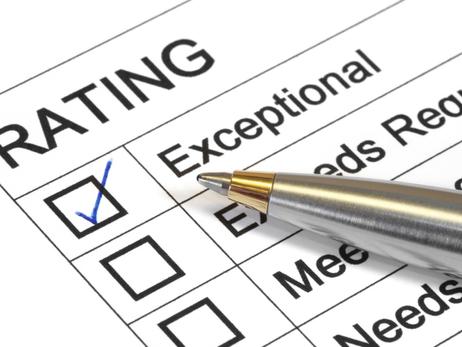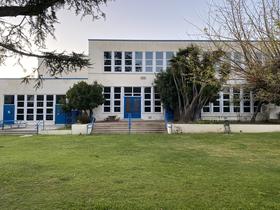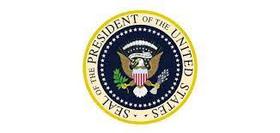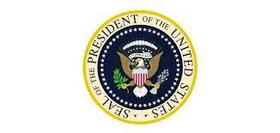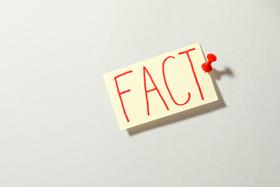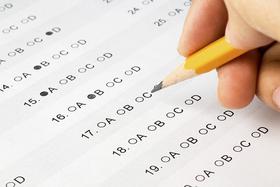This table will help you see at a glance how private schools compare with public schools. Use it to explore issues and help answer questions about private schools. A list of resources with supporting data and information is given at the end of the table.
| Private Schools | Public Schools | |
| Administration | The local support staff manages the day-to-day operations of each private school. Most private schools are stand-alone entities responsible for their own fund-raising and all other aspects of running their businesses. | Local school and district layers of administrative staff support the day-to-day operations of all schools within a specific school district. |
| Admissions | Selective. Students must meet whatever admissions standards are set. These standards focus on the candidate's ability to do academic work and other factors. | Students must meet residency and age requirements. Students are admitted without regard to academic ability. |
| Arts | All kinds of arts programs are essential components of a private school education. You will find orchestras, bands, and choirs as part of the performing arts offerings. Fine arts and theater are also part of most programs. | Arts programs are generally considered extras in a public school budget. They are usually one of the first areas of expense to be cut when savings must be found in budgets. |
| Census | Approximately 4.9 million students were projected to attend private K-12 schools for the academic year 2015-2016. | Approximately 50.1 million students were projected to attend public K-12 schools for the academic year 2015-2016. |
| Class Size | Private high schools generally have small classes, with 12-15 students as the norm. Many prep schools use Harkness tables which seat 10 students at an oval table. The teacher sits at the table with his students. This approach encourages maximum student participation in the lesson. Class sizes in the primary grades typically run from 15-18 students per class. | Depending on the staffing in a local school, public high schools can have as many as 25-35 students, or even more, per class. Class size will vary depending on the subject. Most high school classrooms have desks for students. Elementary grade class sizes usually are in the 30-35 student range. |
| College Preparation | Most private high schools over a college prep curriculum based on Advanced Placement courses. Some high schools offer the International Baccalaureate Diploma Program. | Public high schools offer AP courses, although the number of courses offered is limited by teaching resources and budgets. A handful of public high schools offer the IB Diploma Program. |
| Curriculum | Private schools develop their own curricula. They teach the subjects they wish to teach and meet the state minimums. They use various assessment methods to determine how a child is performing. | Public schools must teach what the state and the district board tell them to teach. In addition, they must prepare students for state assessment testing regularly. |
| Discipline | Zero tolerance is the norm in most private schools. Students are governed by contract law and can be dismissed for cause. Most private schools have codes of conduct that govern all aspects of student and community life. | Discipline is always subject to due process and an individual student's rights under the Constitution. It can take weeks, even months, to resolve issues to implement and observe due process. |
| Extracurricular Activities | Private schools usually mount a wide offering of extracurricular activities depending on the kind of school and its program. Private schools subscribe to the philosophy of educating the whole child. Extracurricular activities offer opportunities for personal growth and social development. | Clubs and activities are considered extras. They tend to be reduced or cut when budgets are cut back. |
| Funding Sources | Private schools rely on tuition and other fees, gifts, and endowments for their operating revenues. They are generally tax-exempt as well. | Public school districts derive their revenue from local property taxes and some state and federal aid from meeting their budgeted expenses. Some fund-raising activities occur in public schools, although they tend to be restricted to projects. |
| Parental Involvement | Parents are expected to be involved and supportive of their child's education. Most private schools consider a child's education to be a partnership of three: school, student, and parents. | Parents are expected to be involved and supportive of their child's education. |
| Policy and Management | Private schools typically are tax-exempt, not-for-profit entities run by a board of directors or trustees. They operate under the terms of their charter as they see fit. A small number of | Public schools are managed by elected school boards. Their meetings are governed by various state and local regulations and laws. |
| Single Sex Education | Whether a private school is a boys' school or a girls' school is a decision made by the board of trustees. Single-sex education has some very strong advocates. | While there are some public single-sex schools, they can be controversial depending on the feelings of the local populace. |
| Sports | Sports are an integral part of a private school program. Coaching a sport is part of a private school teacher's responsibilities. | Sports programs tend to be reduced or cut when budgets are cut back. Public school teachers are not required to coach a sport unless specified in their union contract. |
| Teachers | Private school teachers do not belong to a union. They do not have to be certified and licensed through most private school teachers are certified and licensed. | Public school teachers belong to a union, except for teachers in many charter schools. Public school teachers must be certified and licensed by the state where they teach. |
| Transportation | Parents drive their children to day school or pay for private carriers to take care of transportation. | Transportation is provided by the district. |
| Uniforms and Dress Codes | Most private schools have a dress code. Many schools require students to wear uniforms. | Dress codes and uniforms are controversial in the public school arena. Whether they exist depends on the stance of the local school board's policies. |
Questions? Contact us on Facebook. @privateschoolreview

